DS2413 Addressable Switch
The circuit of Figure 7 has also been tested using the DS2413 addressable switch. The IN pin of the analog switch was connected to PIO-A of the DS2413. PIO-B was used as a control output to turn on an LED. The PIOs were operated using the PIO Access Write command (code 5Ah). Figure 10 shows the output activation sequence. Visible in the top trace are the PIO Output Data Byte (first true FEh and then inverted 01h), followed by the AAh confirmation byte, and the new PIO Pin status (3Ch). PIO-A (bottom trace), which controls the analog switch, changes right after the inverted PIO Output Data byte. Consequently, the confirmation byte and PIO pin status are passed through to the 1-Wire output (center trace). A reset/PD cycle must be issued to ensure that the slaves on the activated output are synchronizated with the master.
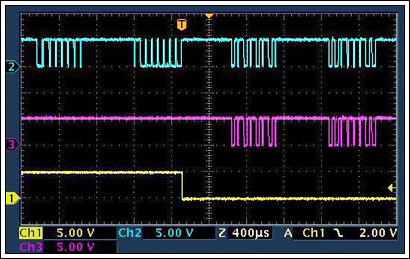
Figure 10. Partial emulation with DS2413, output activation.
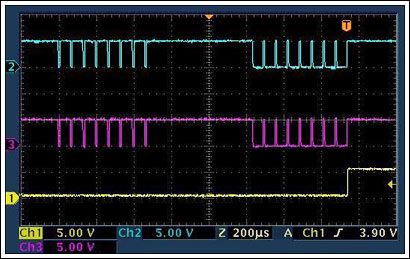
Figure 11. Partial emulation with DS2413, output deactivation.
Figure 11 shows the output deactivation sequence. Visible in the top trace is the PIO Output Data Byte (first true FFh and then inverted 00h). The confirmation byte and the new PIO Pin status (3Ch) are not included in the picture. The PIO-A (bottom trace), which controls the analog switch, changes right after the inverted PIO Output Data byte. The confirmation byte and PIO pin status are not passed through to the 1-Wire output (center trace).
Note that it takes more than 5 minutes after disconnection from the 1-Wire bus for the DS2413 to perform a power-on reset. The DS2406, in contrast, undergoes a power-on reset cycle within 1 minute. The DS2413 has no activity latches and does not support conditional search. Short detection, however, is possible (dotted line).
DS28E04 Addressable Switch
The DS28E04 is a 1-Wire EEPROM with two PIOs. For the PIOs to power up in the nonconduction state, the POL pin needs to be tied to high (5V). The two PIOs are controlled in the same way as with the DS2413. Therefore, Figures 10 and 11 apply here as well. In parasitic power mode, the DS28E04 needs less than 15s of disruption to the 1-Wire bus until it performs a power-on reset. The DS28E04 has activity latches at its PIOs. Therefore, it can support event detection (conditional search) and short detection (dotted line). The activity latches are cleared through the Reset Activity Latches command.
Full Emulation (DS2408 Addressable Switch)
The circuit in Figure 7 shows how to emulate a) one switched 1-Wire output together with the control output, but no event/short detection; and b) one switched 1-Wire output with event/short detection. The limitation comes from the 2-channel addressable switch. For a full emulation one needs five PIO channels (Figure 12).
The full emulation circuit uses two analog switches (U2, U3), which are controlled by PIO ports P1 and P2 of the DS2408 8-channel addressable switch (U1). Ports P2 and P3 connect to the switched 1-Wire outputs. This allows short detection and event sensing. P4 is used to emulate the control output. This leaves P5 to P7 open for other uses. If desired, one could control another analog switch through P5, thus implementing a third 1-Wire output with P6 as short/event sensor. P7, together with P4, could feed into a decoder (not shown) to indicate which of the three 1-Wire outputs is active.
The PIOs of the DS2408 are controlled in the same way as with the DS2413. Therefore, Figures 10 and 11 also apply here. The conditional search of the DS2408 can be programmed to qualify if an event occurred at any of its PIOs. The activity latches are cleared through the Reset Activity Latches command.
In contrast to other addressable switches, the DS2408 needs an external reset signal (U4) to ensure that the PIOs power up in the inactive state. In parasitic power mode, a disruption of less than 5s on the 1-Wire bus causes the DS2408 to perform a power-on reset.
ESD Protection
The DS2409 has a built-in ESD protection on the 1-Wire input and on both 1-Wire outputs. Therefore, additional ESD protection is not necessary. The same is true for the 1-Wire inputs of the 1-Wire addressable switches, but not for their PIO pins. Most analog switches have very limited ESD protection on their pins. Additional protection is highly recommended, in particular for nodes with connectors to the incoming and outgoing 1-Wire networks. Therefore, when selecting ESD protection chips, look for those that add very little capacitance to the bus, such as products from the MAX3202E/MAX3203E/MAX3204E or MAX3207E/MAX3208E series.
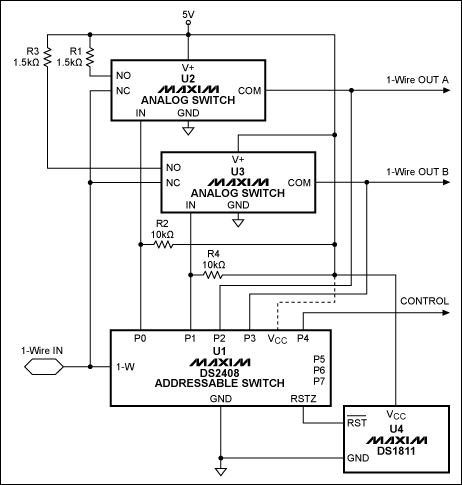
Figure 12. Full DS2409 emulation circuit.
Summary
The DS2409 is a very efficient device to create and operate a large 1-Wire network from a single master. Other key applications are smart access points for access control and dual-master 1-Wire networks. The DS2409 is being phased out, which will cause some hardships for companies that have been relying on the device. This application note shows that there are alternate ways to support the same applications without the DS2409.
1-Wire is a registered trademark of Maxim Integrated Products, Inc.
iButton is a registered trademark of Maxim Integrated Products, Inc.
MicroLAN is a trademark of Maxim Integrated Products, Inc.
 电子发烧友App
电子发烧友App









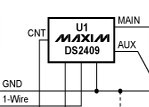
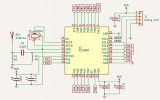

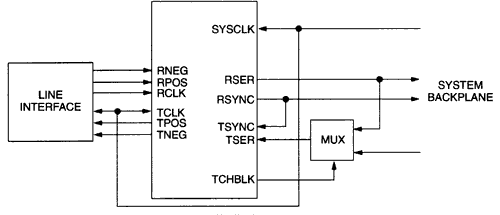
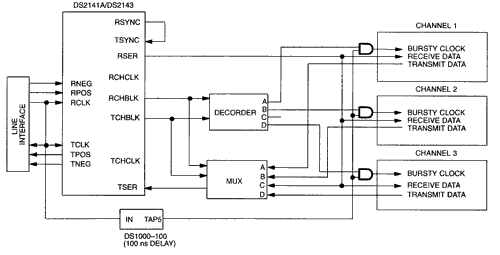
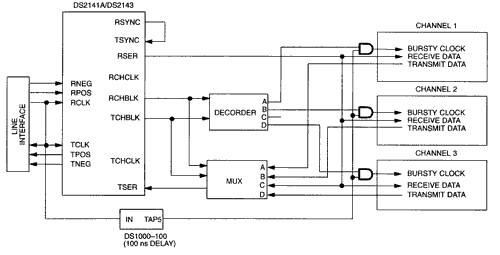
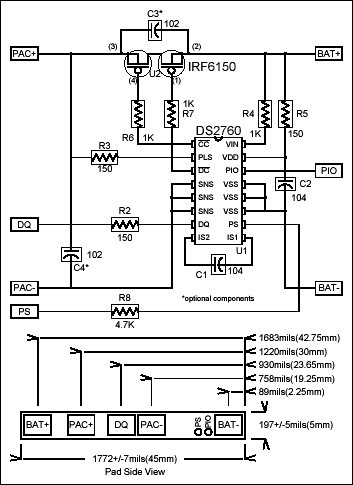

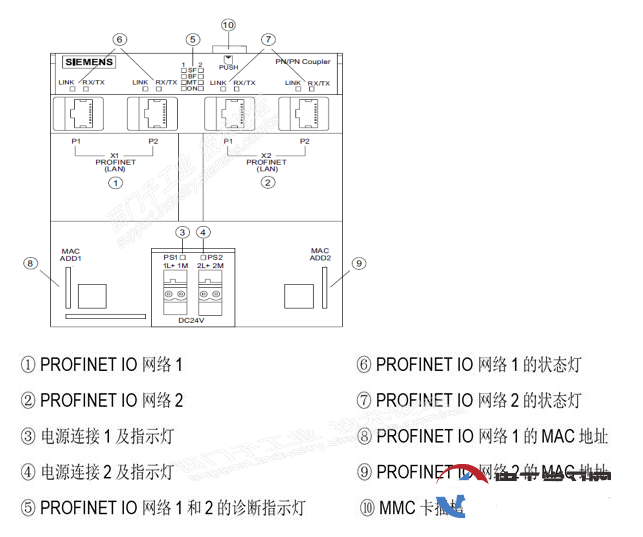

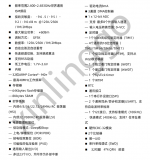

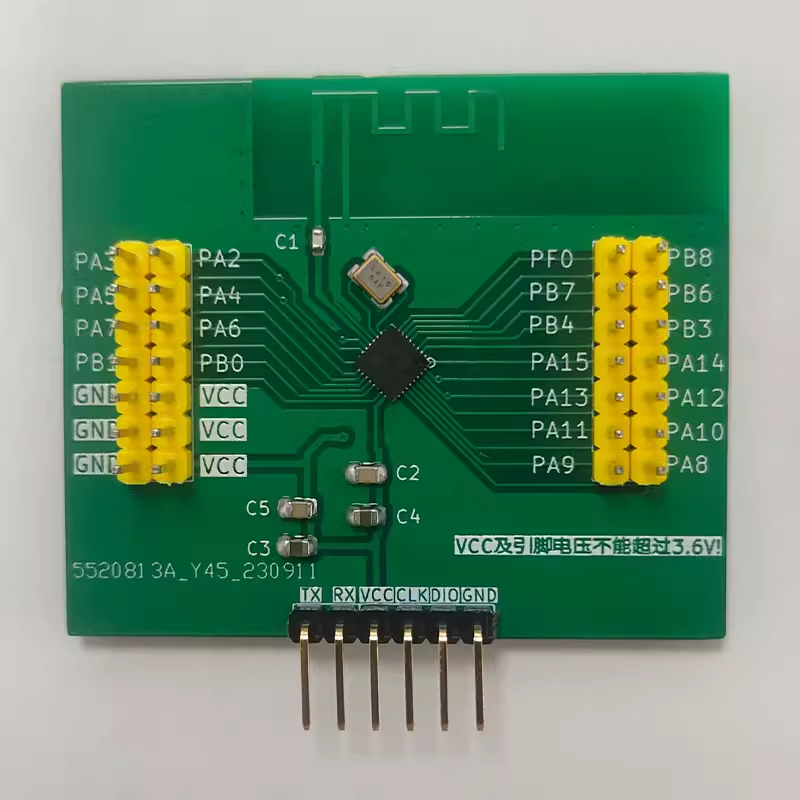
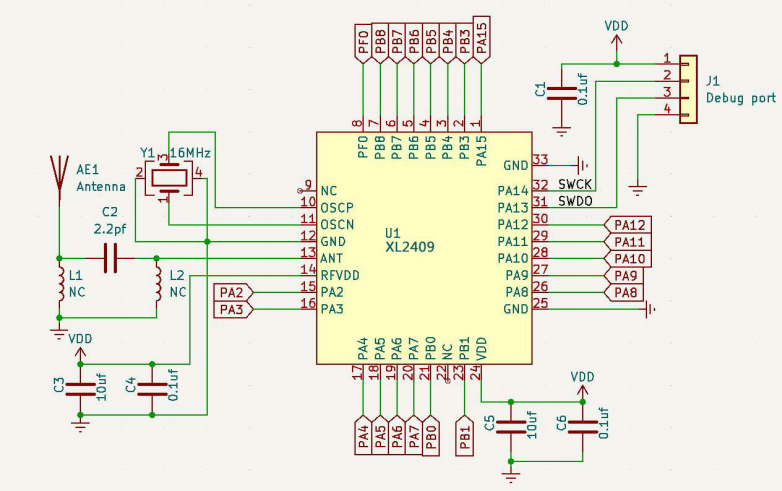










评论